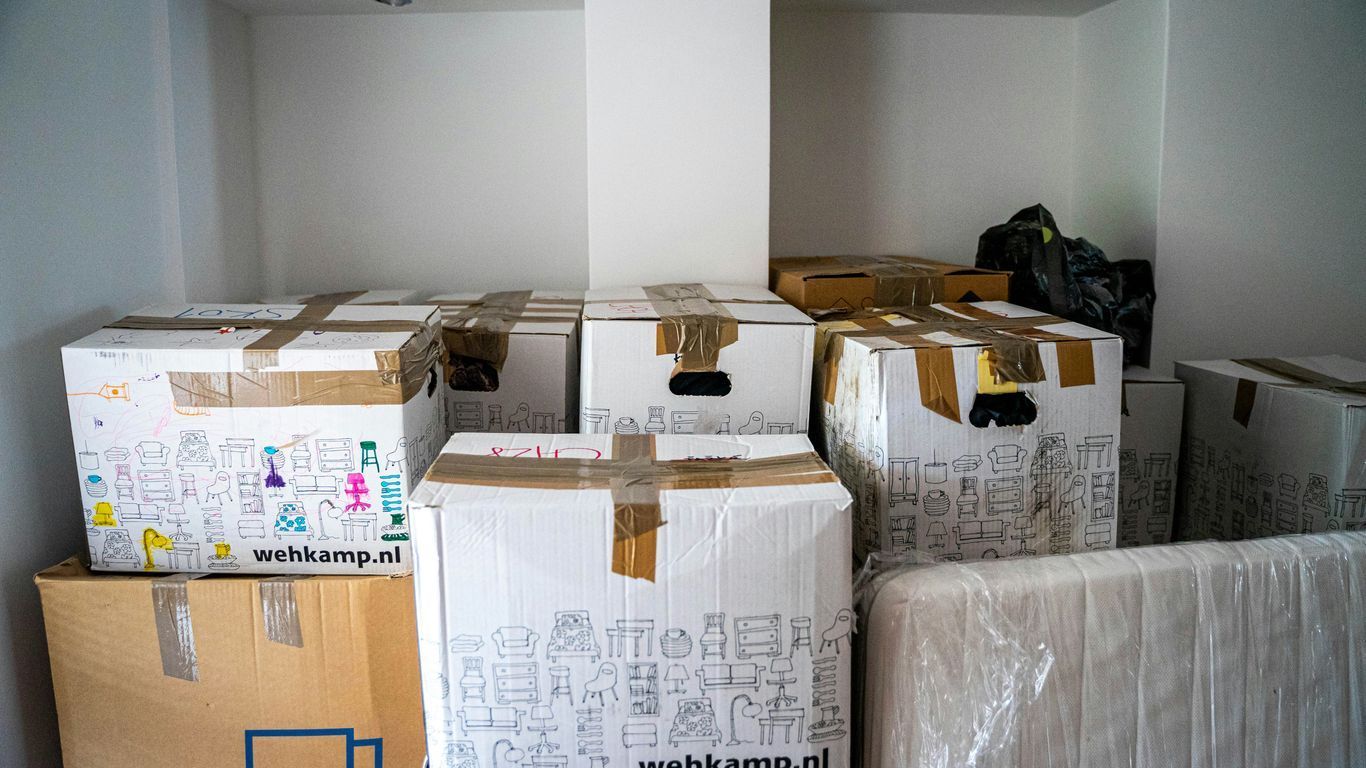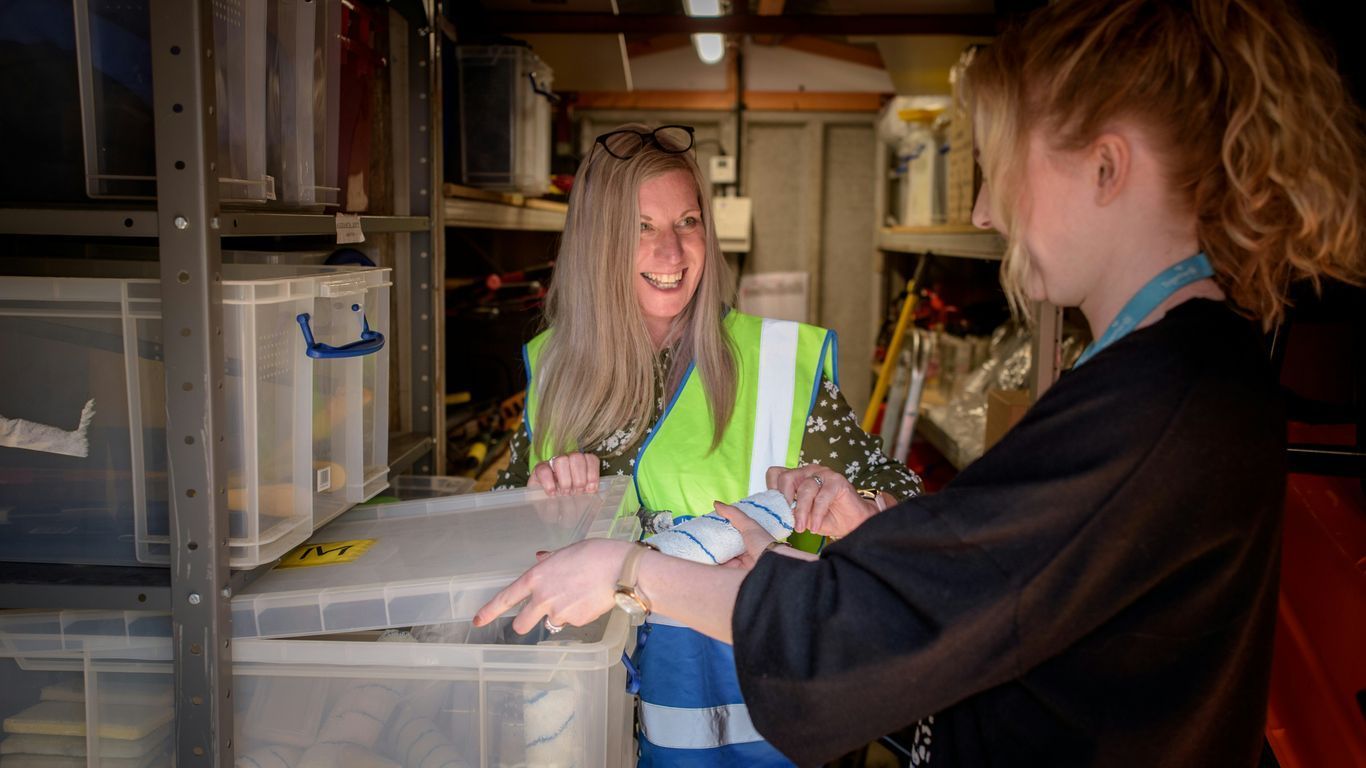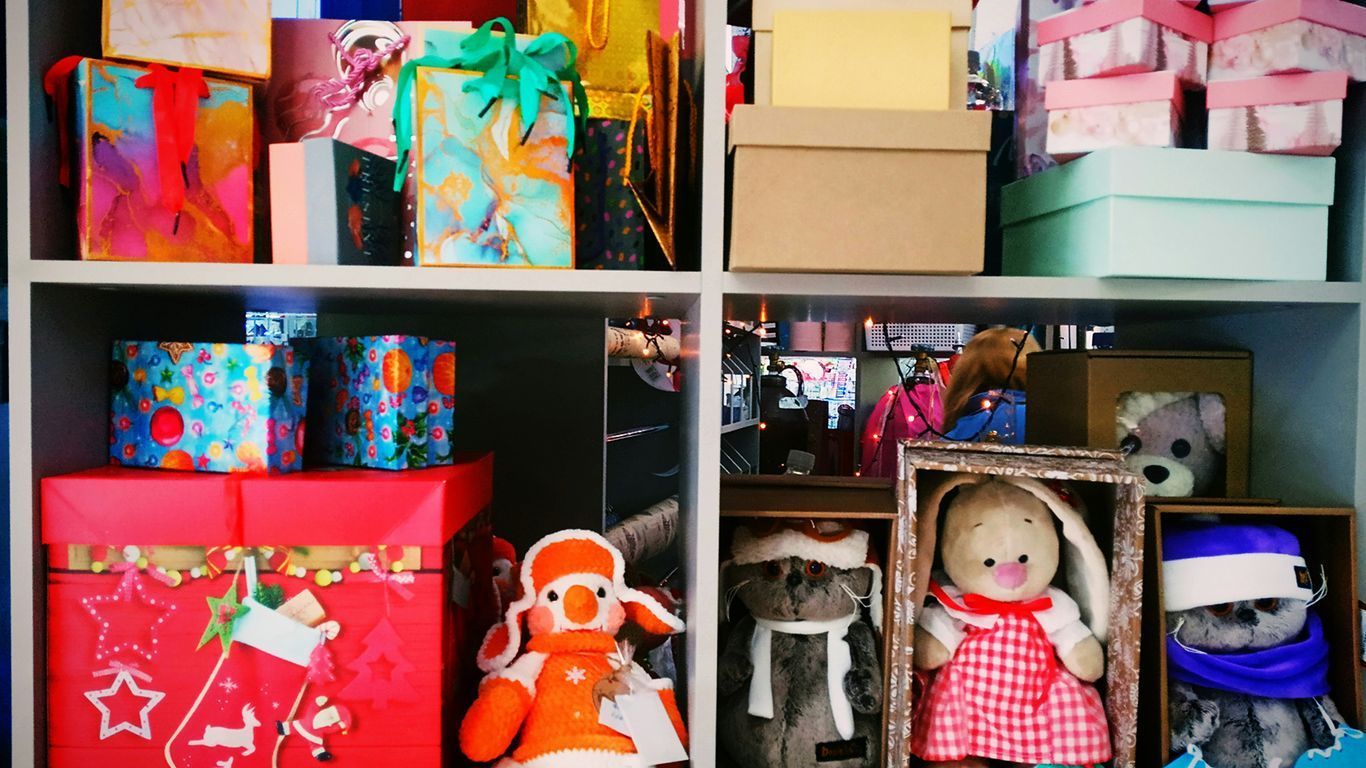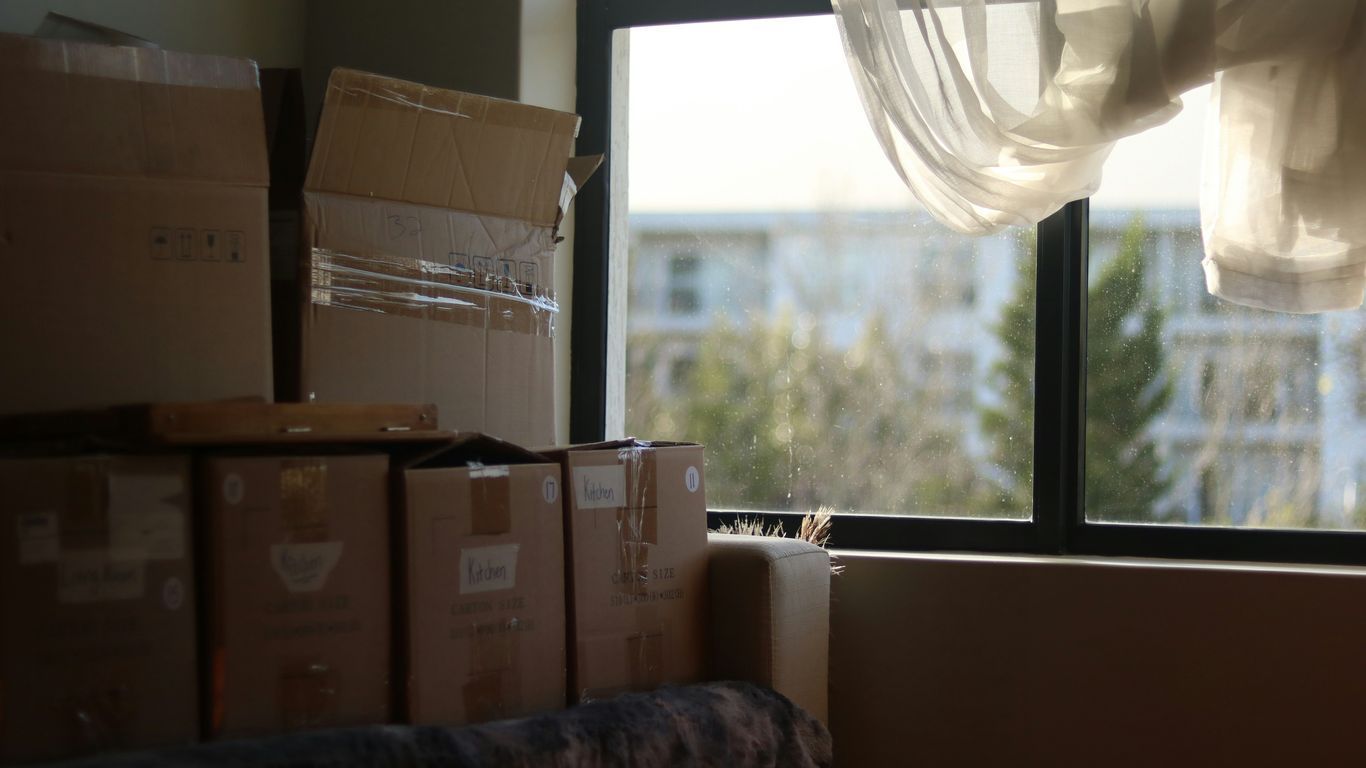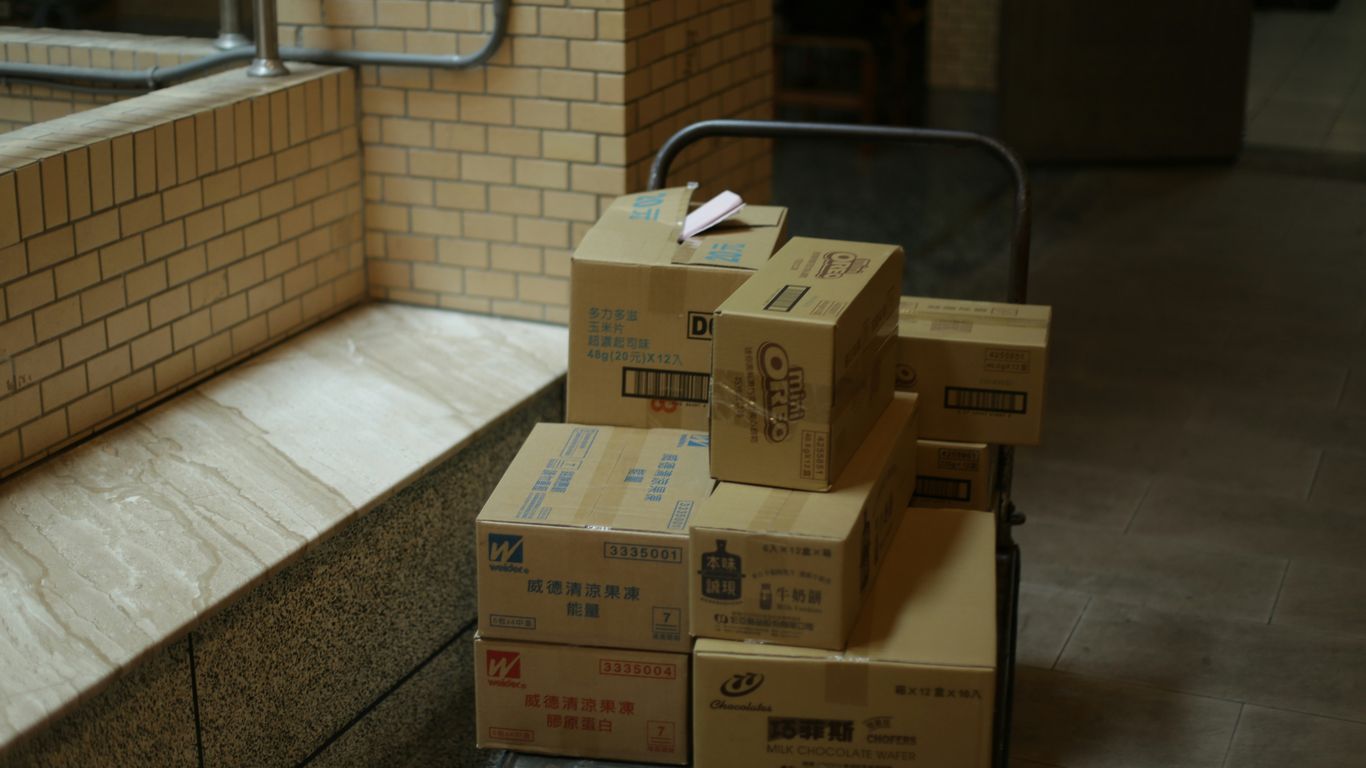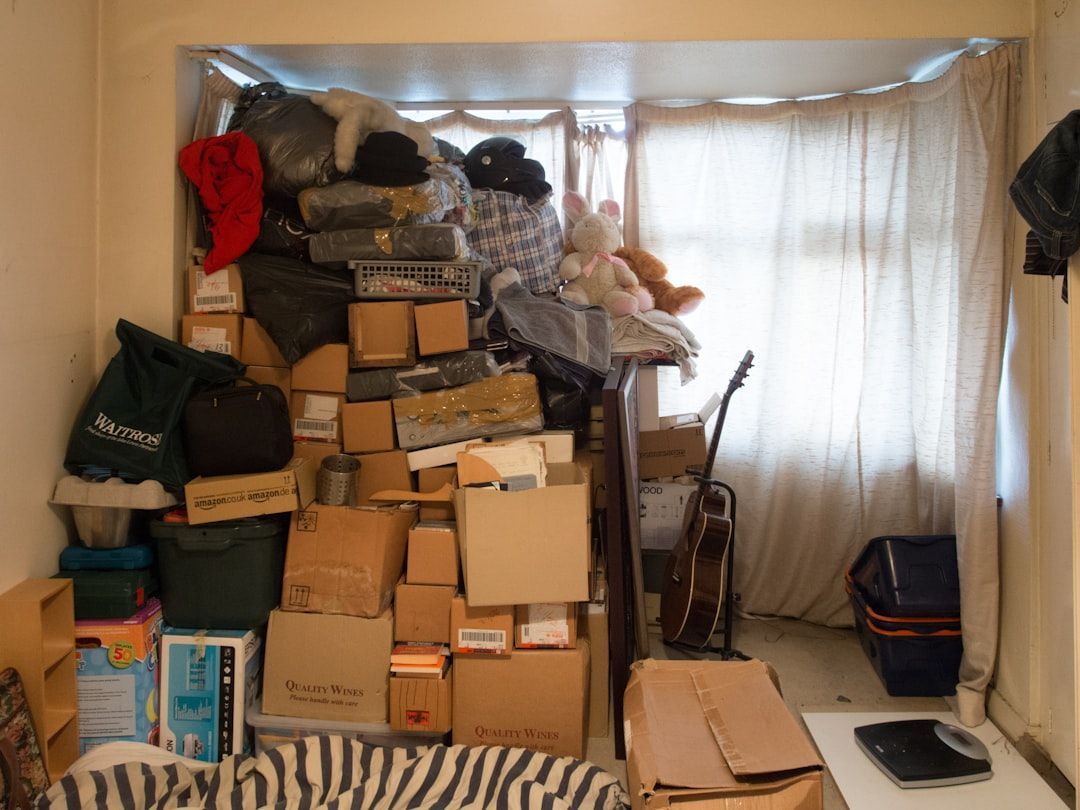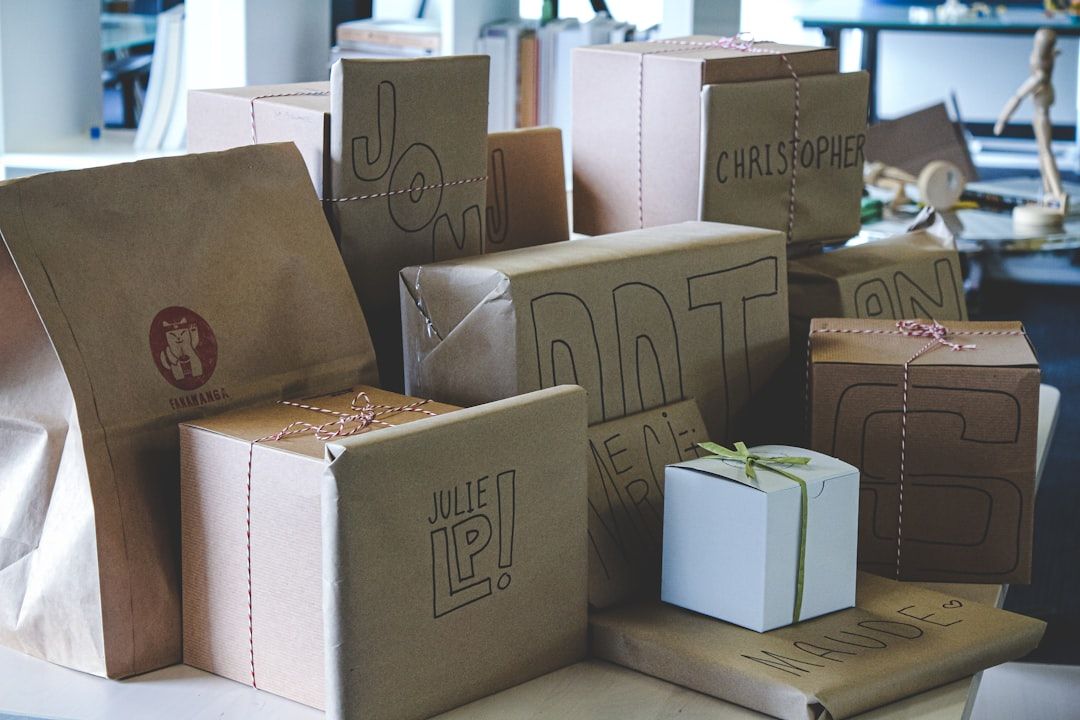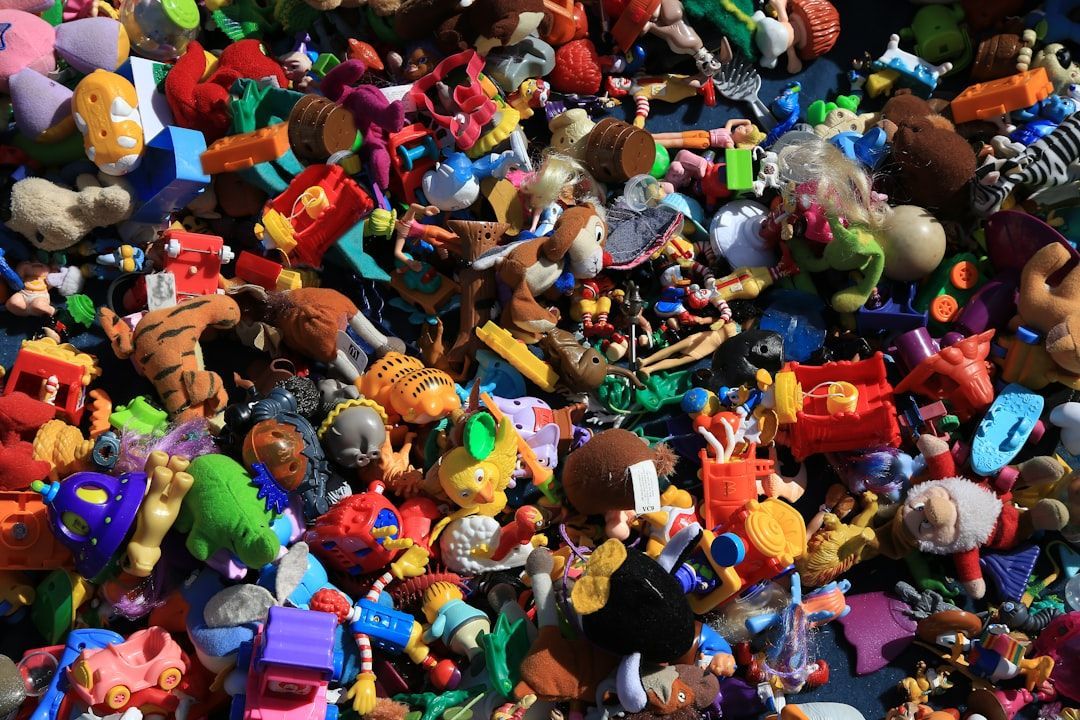Creative Labeling Systems That Save Time Later
Getting things organized can feel like a big job. But with some smart labeling system ideas, you can make things a lot easier on yourself later. Whether it's for your house, your work, or even a big factory, good labels can save you time and hassle. This article will go over different ways to use labeling system ideas to keep things running smoothly and looking good.
Key Takeaways
- Using a label maker helps keep things clear and easy to find at home.
- Labeling cleaning bottles is a good idea for safety.
- Adding purchase dates to food containers can help you keep track of what's fresh.
- For factories, automating labeling can cut down on wasted time during changes.
- Replacing traditional labels with inkjet printing can save money and create less trash.
Streamlining Production with Smart Labeling System Ideas
Minimizing Downtime During Batch Changeover
Product individualization is becoming more common, which means smaller batch production. This shift requires smart strategies to keep things lean and manage different product versions. Labeling and marking can be a surprising source of wasted time if you're not careful. Frequent equipment changes and setting adjustments can lead to downtime, hurting your overall efficiency. To boost productivity, it's important to use labeling systems that minimize setup times.
Think about it: every minute your production line is stopped, you're losing money. Smart labeling systems can automate many of the changeover steps, reducing the time it takes to switch between batches and keeping your production running smoothly.
All-Electric Labeling for Resource Savings
Compressed air systems can really drain power in production plants. Pneumatic energy is often used in labeling machines, for example, to move the applicator. Switching to all-electric labeling solutions can offer several advantages. Here are some benefits:
- Reduced energy consumption
- Lower operating costs
- Improved precision
Electric labelers are a great way to save resources and improve your bottom line. They are also more environmentally friendly.
Replacing Labels with Inkjet Printing
Did you know that switching from traditional labels to inkjet printing can save you money? It's true! You could potentially cut costs by up to 60%. Plus, it's a more sustainable option because you eliminate waste from label backing paper. Ink cartridges are recyclable and last for thousands of prints. Consider these points:
- Cost savings on label materials
- Reduced waste disposal
- Simplified inventory management
Essential Labeling System Ideas for Home Organization
Home organization can feel like a never-ending battle, but the right labeling system can make a huge difference. It's not just about making things look neat; it's about creating a system that everyone in the house can understand and follow. Let's explore some essential labeling ideas that can bring order and peace to your home.
Utilizing a Label Maker for Clarity
A label maker is your best friend when it comes to home organization. It allows you to create clear, consistent labels for everything from pantry items to storage bins. Here's why it's so effective:
- Readability: Printed labels are much easier to read than handwritten ones, especially for kids or older adults.
- Consistency: A label maker ensures that all your labels have the same font, size, and style, creating a uniform look.
- Durability: Many label makers use thermal printing, which produces labels that are resistant to smudging and fading.
Labeling Cleaning Bottles for Safety
It's crucial to label all cleaning bottles, especially if you're diluting concentrates or transferring products to different containers. This is important for safety reasons, especially if you have children or pets. Here's how to do it effectively:
- Clearly identify the contents: Use large, bold letters to label each bottle with the name of the cleaning product.
- Include safety warnings: Add any necessary warnings, such as "Keep out of reach of children" or "Do not mix with bleach."
- Use color-coded labels: Assign different colors to different types of cleaners (e.g., green for all-purpose, blue for glass cleaner) for quick identification.
Identifying Bin Contents for Easy Retrieval
Knowing what's inside each bin without having to open it is a huge time-saver. Labeling bin contents makes it easy for everyone in the household to find what they need and put things back in the right place. Consider these tips:
- Be specific: Instead of just labeling a bin as "Toys," specify "Building Blocks" or "Action Figures."
- Use visual cues: Add pictures or symbols to the labels, especially for young children who can't read yet.
- Label both the front and top: This makes it easy to see the label regardless of how the bin is stored.
Labeling isn't just about aesthetics; it's about creating a functional and safe home environment. By taking the time to label things properly, you can reduce clutter, prevent accidents, and make your home a more organized and enjoyable place to live.
Creative Labeling System Ideas for Visual Appeal
Labeling doesn't have to be boring! It can be a chance to add some personality and style to your home or workspace. Think of labels as mini design projects. The goal is to make your organization system both functional and visually pleasing.
Incorporating Craft Tools and Materials
Get those craft supplies out! Instead of plain labels, why not use decorative paper, stamps, or even calligraphy pens? I've found that using different textures and colors can really make a label pop. Consider these ideas:
- Use washi tape to create colorful borders.
- Try using stencils for a uniform, yet decorative, look.
- Experiment with different fonts and handwriting styles.
Designing Labels for Aesthetic Enhancement
Think about the overall aesthetic of the space where the labels will be used. Do you want something minimalist and modern, or something more rustic and charming? The design of your labels should complement the existing decor. For example:
- Match the label colors to the room's color scheme.
- Use a consistent font and layout for all labels in a given area.
- Consider the size and shape of the labels in relation to the items they're labeling.
Using Adhesive Label Holders for Polished Looks
For a more professional and reusable option, adhesive label holders are a great choice. You can easily swap out the labels inside without having to peel anything off. They're perfect for things you might want to relabel later. These are great for:
- Bins and baskets in the pantry.
- Drawers in a craft room.
- Shelves in a closet.
Using label holders gives a clean, consistent look. It's a small detail that can make a big difference in the overall appearance of your organized space. Plus, it's super easy to change the labels as your needs evolve.
Remember, labeling can be fun! Don't be afraid to experiment and find what works best for you and your style. Consider how visual organization systems can enhance your labeling projects.
Practical Labeling System Ideas for Everyday Efficiency
Labeling Drawers for Quick Access
Ever find yourself rummaging through drawers, searching for that one specific item? It's a common frustration, and labeling can be a simple solution. Labeling drawers transforms chaos into order. Think about it: clearly marked drawers for socks, shirts, or office supplies can save you precious minutes every day.
- Use a label maker for a clean, consistent look.
- Consider labeling the inside edge of the drawer for easy visibility when it's open.
- Update labels as needed when you reorganize.
Marking Personal Belongings to Avoid Mix-Ups
In a household with multiple people, or even in a shared office space, things can easily get mixed up. Labeling personal items is a simple way to prevent confusion and arguments. From water bottles to lunch containers, a little label can go a long way. I find that labeling file folders is a great way to keep things organized.
- Use permanent markers or waterproof labels for items that will be washed.
- Consider using different colors or designs for each person's belongings.
- Label items like phone chargers, headphones, and even clothing tags.
Adding Purchase Dates to Food Containers
How many times have you opened the fridge and wondered how old that leftover casserole is? Adding purchase dates to food containers can help you keep track of freshness and reduce food waste. It's a small step that can make a big difference in your kitchen.
- Use a dry-erase marker on reusable containers for easy updates.
- Write the date clearly on the label before placing it on the container.
- Regularly check the dates and discard any food that is past its prime.
I used to label clear containers with the contents, but it became too much work when I changed the contents frequently. Now, I just add the purchase date with a dry-erase marker. If a label is causing extra work, is it really adding value? Sometimes simplicity is key.
Advanced Labeling System Ideas for Industrial Settings
Automating Labeling Parameters with PLC
In industrial settings, the need for precision and speed is paramount. Automating labeling parameters using a Programmable Logic Controller (PLC) can significantly streamline operations. A PLC allows for the storage and recall of various labeling configurations, meaning that with the touch of a button, the system can adjust to different product types or batch sizes. This reduces the risk of human error and ensures consistency across all labeled items.
- Store multiple labeling parameters.
- Reduce setup times between batches.
- Ensure consistent label placement.
Implementing Zero-Downtime Setup
Production downtime can be incredibly costly in an industrial environment. Implementing a zero-downtime setup for labeling systems is a game-changer. Zero-downtime systems are designed to minimize or eliminate interruptions during label roll changes or minor malfunctions. This is often achieved through redundant systems or clever engineering that allows for continuous operation even when one component requires attention. Weber Marking develops labeling systems with a zero-downtime option to avoid costly interruptions.
- Utilize dual label applicators.
- Implement automatic splicing systems.
- Monitor label supply levels in real-time.
Zero-downtime setups are not just about avoiding interruptions; they're about maximizing throughput and ensuring that production schedules are met consistently. The initial investment in such a system can quickly pay for itself through increased efficiency and reduced waste.
Integrating IoT for Enhanced Control
The Internet of Things (IoT) offers unprecedented opportunities for monitoring and controlling labeling systems. By integrating IoT sensors and connectivity, you can gain real-time insights into system performance, label usage, and potential issues. This data can be used to optimize labeling processes, predict maintenance needs, and even remotely adjust labeling parameters. Our marking systems come with state-of-the-art interfaces for easy integration into your IoT environment.
- Remote monitoring of system performance.
- Predictive maintenance alerts.
- Real-time data analysis for optimization.
Cost-Saving Labeling System Ideas
Reducing Waste with Inkjet Printing
Switching to inkjet printing for labels can seriously cut down on waste. Think about it: no more backing paper to throw away! Plus, those ink cartridges? They're often recyclable, and you only need to replace them after a ton of uses. It's a win-win for your wallet and the environment.
- Less waste material to dispose of.
- Recyclable cartridge options.
- Fewer replacements compared to traditional labels.
Inkjet printing can save you up to 60% compared to traditional labels. It's also more sustainable because there is no waste from backing paper. The ink cartridges are recyclable and only need to be replaced after several thousand codings.
Optimizing Energy Consumption with Electric Labelers
Traditional labeling machines often rely on compressed air, which can be a huge energy drain. All-electric labelers are a great alternative. They use way less power, which translates to lower energy bills. Plus, they often have fewer moving parts, meaning less maintenance and downtime. Consider manual labeling machines for smaller operations to further reduce energy consumption.
- Lower energy bills.
- Reduced maintenance costs.
- Quieter operation compared to pneumatic systems.
Evaluating Label Value Versus Effort
Sometimes, the effort of labeling just isn't worth the payoff. I used to label everything in my pantry, but honestly, did I really need a label on a clear bin of crackers? Probably not. Think critically about what you're labeling and why. If a label is causing extra work, it might be time to ditch it. A simple purchase date on the bottom of the container might be enough.
- Assess the necessity of each label.
- Consider alternative marking methods.
- Eliminate labels that don't provide significant value.
Strategic Labeling System Ideas for Productivity
Reducing Set-Up Times with Marking Systems
In today's fast-paced world, time is money. Reducing the time it takes to set up labeling systems can significantly boost productivity. Consider systems that allow for quick changes between product types or batch sizes. This might involve using pre-programmed settings or easily adjustable components. The goal is to minimize downtime and keep production flowing smoothly. This is especially important in industries with frequent product changes.
Increasing Productivity Through Smart Strategies
Smart labeling isn't just about the equipment; it's about the strategies you employ. Think about how labeling can be integrated into your overall workflow to streamline processes. For example:
- Use color-coded labels to quickly identify different product lines.
- Implement a system for tracking label inventory to avoid running out unexpectedly.
- Train employees on best practices for applying labels efficiently.
By carefully planning your labeling process, you can eliminate bottlenecks and improve overall efficiency. It's about making labeling a seamless part of your operation, not a hindrance.
Eliminating Time-Consuming Labeling Activities
Are there labeling tasks that consistently eat up valuable time? Identify these activities and look for ways to eliminate or automate them. This could involve investing in automated labeling equipment or simplifying the labeling process altogether. For example, could you use label printing to print directly onto products instead of applying separate labels? Or could you pre-print labels in bulk to save time later? By addressing these time-consuming activities, you can free up resources and focus on more important tasks.
Want to get more done? Our special way of organizing things, called the "Smart Tagging System," can really help you out. It's all about making your work easier to find and use. Check out our website to see how this cool system can make a big difference in your daily tasks!
Conclusion
So, there you have it. Labeling might seem like a small thing, but it really makes a big difference. It's not just about making things look neat, though that's a nice bonus. It's about saving yourself headaches later on. When everything has a place and that place is clear, you spend less time looking for stuff and more time doing what you actually want to do. It helps everyone in the house, too, because they know where things go. So, take a little time now to set up a good labeling system. You'll thank yourself for it, trust me.
Frequently Asked Questions
How can a label maker help me get organized at home?
Using a label maker helps a lot. You can print clear labels for all sorts of things, like cleaning bottles you make yourself or bins in your pantry. This makes it easy for everyone to know what's inside.
Why should I label my homemade cleaning solutions?
When you're making your own cleaning stuff, it's super important to label the bottles. This way, you know exactly what's in each one and what it's for. It keeps things safe and prevents mistakes.
What's the benefit of labeling storage containers and drawers?
Labeling bins, drawers, and other storage spots means you and your family can quickly find what you need and put things back in the right place. It saves time and stops things from getting messy.
Can labeling ever be too much trouble?
Sometimes, labels can cause more work than they're worth. For example, if you're constantly changing what's in a clear container, labeling it might be too much hassle. It's better to only label things that truly help you or others.
What's a good way to make labels look nice and last a long time?
For things you see and use all the time, or items that are always out in the open, you might want to use adhesive label holders. You print the label and slide it in. This gives a neat, finished look that lasts.
How can I keep track of food freshness without constant re-labeling?
For food items, especially if you store them in reusable containers, writing the purchase date on the bottom with a dry-erase marker can be really helpful. This way, you know how fresh things are without needing a new label every time.

